Parrots: Inca Cockatoo
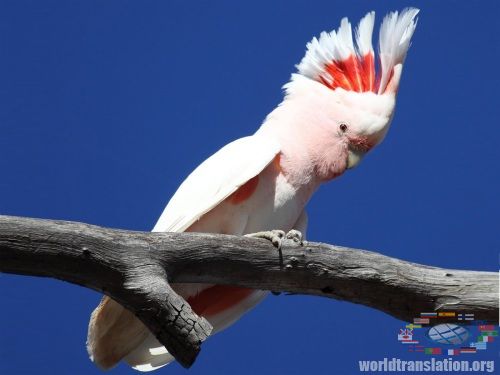
Inca Cockatoo has several names - Major Mitchell Cockatoo or deserted Cockatoo. This bird is a rare 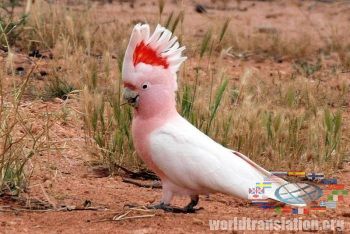 form of cockatoos, which are contained in captivity. This type of Cockatoo is widespread in Australia, where it held a large part of the territories from New South Wales to the south-western and north-western regions. Inca Cockatoo live in arid areas, prefer eucalyptus forest or shrub areas. The dense forests do not fit for this species of birds.
form of cockatoos, which are contained in captivity. This type of Cockatoo is widespread in Australia, where it held a large part of the territories from New South Wales to the south-western and north-western regions. Inca Cockatoo live in arid areas, prefer eucalyptus forest or shrub areas. The dense forests do not fit for this species of birds.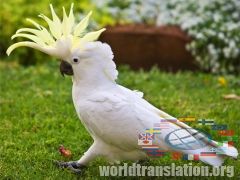 In addition Inca Cockatoo is only of its kind. This rare species is on the brink of extinction, capture and sale of birds is prohibited. Extinction is associated with the displacement of Inca Cockatoo with traditional pink cockatoo. Inca Cockatoo also are not brought to Europe.
In addition Inca Cockatoo is only of its kind. This rare species is on the brink of extinction, capture and sale of birds is prohibited. Extinction is associated with the displacement of Inca Cockatoo with traditional pink cockatoo. Inca Cockatoo also are not brought to Europe.
In Australia, containing of this bird is allowed, only with the permission of the authorities. Inca Cockatoo is a bird of medium size. 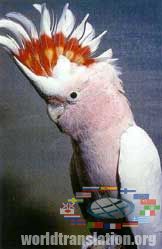 Body length does not exceed 35-40 cm There are two subspecies of this bird - Inca Cockatoo Leadbeateri and Inca Cockatoo Mollis. Mollis differs primarily by the fact, that it is smaller and has dark-red topknot. In addition the yellow belt on a topknot in Mollis subspecies is not so noticeable. Leadbeateri has a pale pink color of the head and body, back and wings are white. Also there is a red band above the beak and large topknot, wich reaches a size of 18 cm. The feathers on the front of the topknot are white, inside - bright red with yellow belt, at the top of the end - white. When the bird is excited, it dissolves its topknot . Thus Inca Cockatoo can show their displeasure or joy, but
Body length does not exceed 35-40 cm There are two subspecies of this bird - Inca Cockatoo Leadbeateri and Inca Cockatoo Mollis. Mollis differs primarily by the fact, that it is smaller and has dark-red topknot. In addition the yellow belt on a topknot in Mollis subspecies is not so noticeable. Leadbeateri has a pale pink color of the head and body, back and wings are white. Also there is a red band above the beak and large topknot, wich reaches a size of 18 cm. The feathers on the front of the topknot are white, inside - bright red with yellow belt, at the top of the end - white. When the bird is excited, it dissolves its topknot . Thus Inca Cockatoo can show their displeasure or joy, but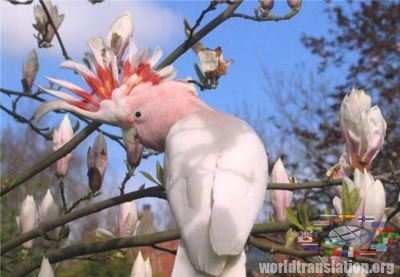 with a raised topknot bird looks very impressive.
with a raised topknot bird looks very impressive.
Parrots have the same color and size, you can distinguish them only by the iris. The male iris is dark brown, the female is red-brown. Inca Cockatoo belong to cockatoos with light colored beak.
In order to keep these birds in captivity, all-metal cage is required, if the bird is contained in the aviary on the street, 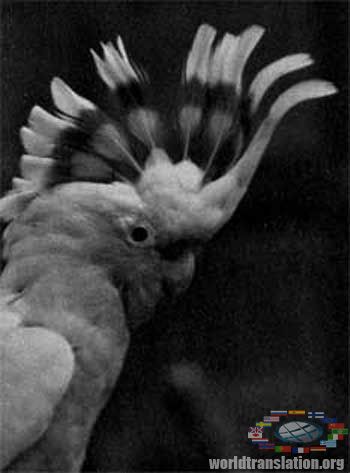 then all wooden parts must be covered with netting. It is important that the cross section of the grid is not less than 3 mm. In addition its desirable to put some branches with bark or swollen buds, so this particular subspecies of Cockatoo loves to gnaw something. Cockatoo Inca select a pair one time for life. Life expectancy of these parrots ranges from 40 to 80 years. For nests you will need a large solid pieces of trunks with hard wood and wooden cabins. Also are needed a small barrels, which are covered with grid, so the parrot could not gnaw them.
then all wooden parts must be covered with netting. It is important that the cross section of the grid is not less than 3 mm. In addition its desirable to put some branches with bark or swollen buds, so this particular subspecies of Cockatoo loves to gnaw something. Cockatoo Inca select a pair one time for life. Life expectancy of these parrots ranges from 40 to 80 years. For nests you will need a large solid pieces of trunks with hard wood and wooden cabins. Also are needed a small barrels, which are covered with grid, so the parrot could not gnaw them. 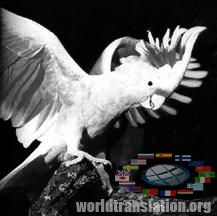 You need to hang the nests at the level of the aviary, or a little higher, but not lower than 1.5-2 meters from the floor. Young chicks fly out from their nests in the third month, a few weeks parents watch over their young. Adults cockatoos caught in the wild, very badly get used to man. Its almost impossible to tame them, they become very noisy, and can go on your hands only after several
You need to hang the nests at the level of the aviary, or a little higher, but not lower than 1.5-2 meters from the floor. Young chicks fly out from their nests in the third month, a few weeks parents watch over their young. Adults cockatoos caught in the wild, very badly get used to man. Its almost impossible to tame them, they become very noisy, and can go on your hands only after several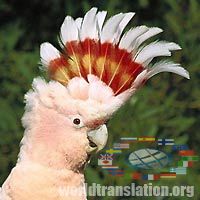 years. Those cockatoo, who from childhood are with people quickly get used to their owners, are gentle and tame, and can simulate human speech, different sounds and whistle easy melodies.
years. Those cockatoo, who from childhood are with people quickly get used to their owners, are gentle and tame, and can simulate human speech, different sounds and whistle easy melodies.
Feeding of Inca Cockatoo does not differ from feeding of other species of subfamily, but still, Inca Cockatoo are more demanding birds. 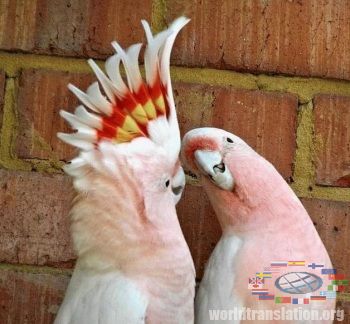 That their plumage always stayed bright and beautiful, you need to feed them with vitamin and varied nutrition, give berries, fruits, vegetables, semi ripened seeds of cereals, in winter you can germinate seeds and feed birds with them. Inca Cockatoo also like to eat leaves of such weeds, as: dandelion, plantain, sorrel horse.
That their plumage always stayed bright and beautiful, you need to feed them with vitamin and varied nutrition, give berries, fruits, vegetables, semi ripened seeds of cereals, in winter you can germinate seeds and feed birds with them. Inca Cockatoo also like to eat leaves of such weeds, as: dandelion, plantain, sorrel horse.